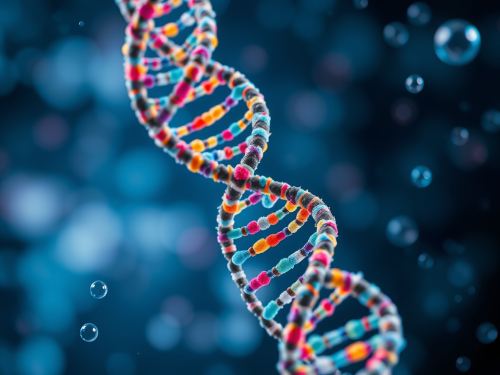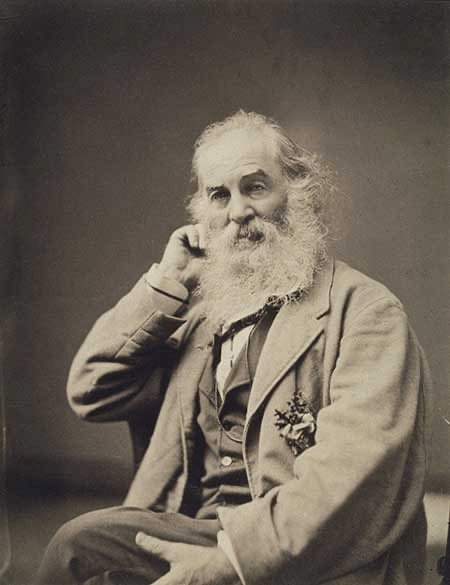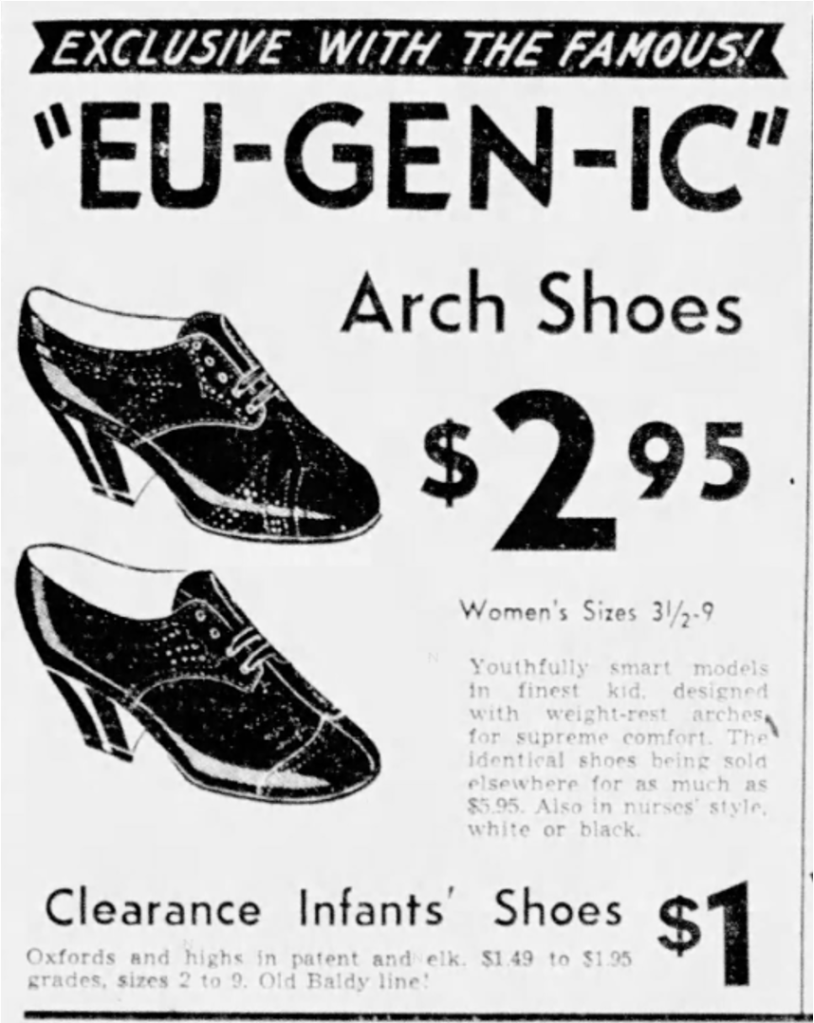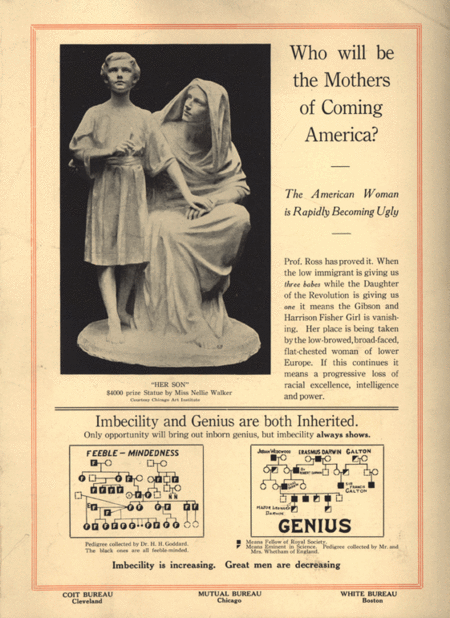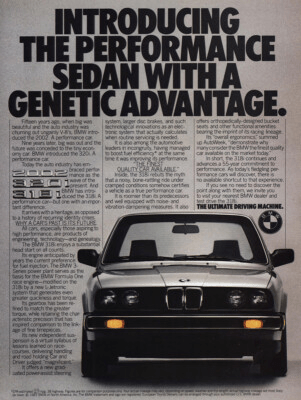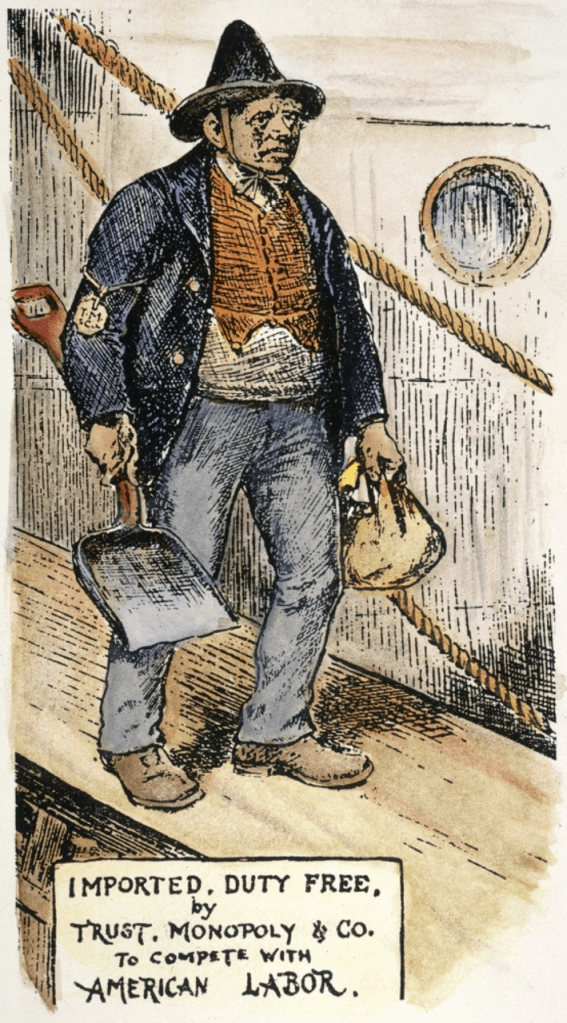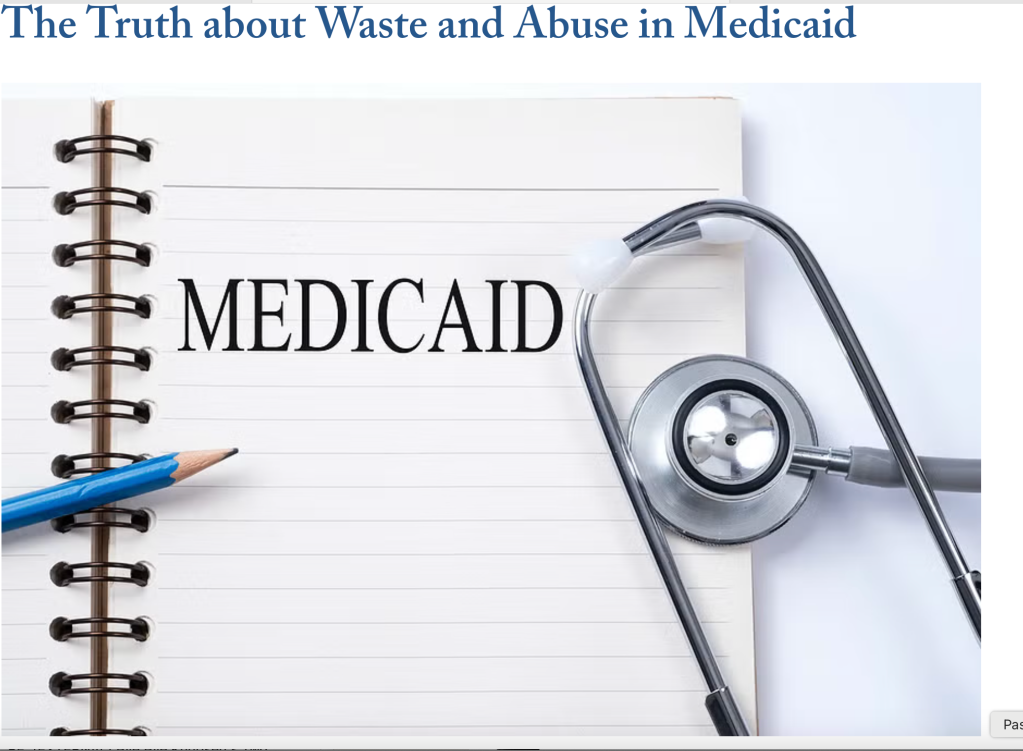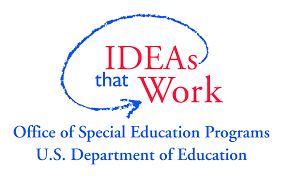by Katie Sagaser, MS, CGC, Licensed, Certified Genetic Counselor
Katie Sagaser is a genetic counselor, health strategist, and storyteller who has spent more than a decade translating complex science into human-centered health communication. She has worked across clinical, start-up, and industry settings to expand access to innovative genomic technologies, particularly in reproductive health and preventive medicine. Her academic writing focuses on reproductive justice, race-based medicine, and the ethical challenges of emerging genomic tools. Katie’s work is grounded in a commitment to public engagement and building trust in an increasingly complex health data landscape.
Disclaimer: The views and opinions expressed in this piece are solely my own and do not represent those of my employer, past or present, or any affiliated institutions. This content is provided for general informational purposes only and does not constitute medical advice, legal advice, or any form of professional counsel. Readers are encouraged to consult appropriate professionals for guidance related to their own circumstances.
I don’t usually check the U.S. House Oversight Committee calendar multiple times a day. But it’s been over a month since Anne Wojcicki – co-founder of 23andMe – was summoned to testify before the Committee. And I’m especially interested in what might be revealed in this interaction.
23andMe is in class 11 bankruptcy proceedings. My former employer, along with its database of ~15 million consumers, is for sale in a court-supervised auction. On May 19, Regeneron Pharmaceuticals’ $256 million bid was approved for the acquisition of substantially all of 23andMe’s assets. Wojcicki’s new TTAM Research Institute trails at $146 million as the stalking horse bidder. Until the deal closes, the fate of 23andMe and its database remains uncertain.
As a board-certified genetic counselor, I used to believe that participation in consumer genetic research was a personal decision. But with the ambiguity of 23andMe’s future and the acceleration of authoritarian federal rhetoric, I now believe the present choice of whether to delete your 23andMe data is not just personal, but political.
Big tech, politics, and the DNA marketplace
Since its founding in 2006, 23andMe has been a Silicon Valley disruptor. Wojcicki, sister of YouTube co-founder Susan Wojcicki and then-wife of Google co-founder Sergey Brin, envisioned a future where your genome powered both personalized health and scientific discovery. In her words, “it was set up to be a database you could leverage for research.” 23andMe’s origin story was all about advancing medicine, but in today’s political climate, it invites scrutiny about what types of research may be prioritized next, and who gets to decide.
As we’ve learned from Facebook, data collection can be weaponized. Silicon Valley’s techno-optimism risks being replaced by something more extractive and predatory – and often more politically aligned with authoritarian and de-regulationist agendas.
Wojcicki is not typically included in the pantheon of politically active tech moguls like Elon Musk, Mark Zuckerberg, or Peter Thiel. But she is part of the network. In 2013, she co-founded the Breakthrough Prize (the “Oscars® of Science”)alongside Brin, Zuckerberg, and Yuri Milner, the Russian-born investor with early stakes in Facebook, Twitter, and Cadre, the fintech company previously tied to Jared Kushner. Today, Wojcicki remains on the Breakthrough Prize Board with Zuckerberg and Milner. This year’s ceremony featured Open AI co-founder Greg Brockman and Amazon founder Jeff Bezos, with Rupert Murdoch, Bill Gates, Marc Andreessen, Sam Altman, and many other business/tech giants in attendance. The Prize awards tens of millions annually to research in fields like genomics, AI, and neuroscience, positioning its founders not only as philanthropists but also as private curators of scientific legitimacy. This model is increasingly common among tech elites: use personal capital to shape public narratives about which ideas deserve funding, prestige, and attention. In addition to this soft power, Wojcicki has exercised traditional political influence in her significant donations to Democratic causes, while also championing consumer autonomy through DTC health technologies – a model offering unprecedented access, but one that’s historically operated with limited oversight and minimal integration into traditional health systems. In what may be mere coincidence – or a telling reflection of biotech’s tight-knit power circles – renowned geneticist Dr. Huda Zoghbi (a 2017 Breakthrough Prize in Life Sciences $3 million laureate) now chairs the Breakthrough Prize co-founded by Wojcicki and also sits on the board of Regeneron, the company poised to acquire Wojcicki’s former firm. Wojcicki’s proximity to power, her company’s consumer data library, and her current positioning as co-founder, majority board member, former CEO, and prospective buyer all matter. As the owner of >20% of 23andMe’s total outstanding shares, Wojcicki will financially benefit from any sale – particularly if 23andMe is purchased by a buyer within the same Silicon Valley power structure that has historically rewarded growth over ethics.
23andMe’s database is a trove of genetic identity and self-reported behaviors from ~12 million 23andMe consumers who opted in to research. It’s one of the most diverse civilian biobanks in the world. The Genetic Information Nondiscrimination Act (GINA) has protected against employment and health insurance discrimination since 2008, but there’s no similar protection for life insurance, disability coverage, long-term care, military service, or education. And as recent years have shown across every governmental branch, even long-standing federal protections are not guaranteed in perpetuity. From the Supreme Court’s reversal of Roe, to executive orders eliminating diversity and inclusion protections in federal agencies, to growing calls for deregulation in Congress, the landscape is shifting. As such, the question of who gains access to Americans’ data becomes more urgent in terms of privacy, power, politics, and national security.
Policymakers have shown growing concern over foreign control of personal data, as seen in the efforts to force a sale or ban of TikTok due to its Chinese ownership. 23andMe confirmed that bids would not be considered from entities based in adversarial countries. But if TikTok’s collection of behavioral data was considered a national security threat, how should we classify the risk of selling Americans’ genetic blueprints – even to a domestic buyer?
A US-based company may not raise geopolitical alarms, but geographic exclusions don’t guarantee ethical intent – or consistency with consumer expectations. This concern has now reached the legislative branch. On May 22, a bipartisan group of senators introduced the “Don’t Sell My DNA Act,” aimed at preventing companies in bankruptcy from selling genetic data without explicit consumer consent. The bill reflects growing recognition that America’s patchwork of genetic privacy laws has not kept pace with the data economy.
It’s unsurprising that 23andMe’s top bidder was a pharmaceutical company. Together with insurers and surveillance tech firms, there’s clear rationale for such entities to have strategic interests in large-scale, de-identified genomic data. Regeneron has a large portfolio including drugs for COVID-19, diabetes, cancer, and rare diseases. Many of these therapies are expensive and inaccessible to the same communities whose data may soon power their development.
The question is not merely who buys 23andMe’s assets. The question is: What do they intend to do with them in a system where the lines between innovation, surveillance, and profit are increasingly blurred?
This is why Wojcicki’s Congressional testimony is so important. Whether the buyer is Regeneron, Zuckerberg, Musk, a venture-backed startup with a eugenics-lite pitch, or someone with a political agenda – there is financial incentive for Wojcicki to cooperate with their vision. I want to believe Wojcicki’s positive intent. I’ve met Anne. I’ve heard her speak with conviction about democratizing health information and protecting genetic privacy. I think she would agree with billionaire investor Marc Andreessen’s claim that, even as a Fortune 500 CEO, being able to say “‘I’m a good person’ is wildly more important than profit margins.” I believe she cares about science and research integrity. I truly believe in the mission and values of the company she co-founded. But the same infrastructure that was built to empower consumers stands at risk of being weaponized, and the people who built it may no longer be in a position to stop it.
The uncomfortable truth is this: the surveillance and commodification of the human genome may not be an unintended consequence of Silicon Valley’s involvement. It may be the business model.
And when the scaffolding of law, policy, and ethics collapses, what was once an act of hope and belief in science can become something more dangerous.
From altruism to ammunition
Long before Regeneron’s bid, it’s been possible that your data would be used to develop drugs you can’t afford. But initiatives like 23andMe Research have typically been framed as altruistic opportunities – a way to contribute to science, to equity, and to discovery. Under GINA, with oversight from the Federal Trade Commission (FTC) and institutional review boards, that framework seemed ethical and secure. But if those guardrails collapse, then what was once altruism becomes ammunition.
Your data could be used:
- To build or repurpose algorithms that assess risk for addiction, noncompliance, criminality, or other traits that could be considered “undesirable”
- To profile voting behavior or susceptibility to disinformation, and tailor political campaign advertising accordingly
- To develop tools for insurance exclusion, policing, or even surveillance by genetic subgroup
This isn’t theoretical. The Chinese government has already built a massive DNA surveillance database to include data from individuals with no history of serious criminal activity. In the US, the Department of Homeland Security has expanded DNA collection from immigrants, raising concerns about privacy and potential misuse. The Snowden leaks exposed the scope of US domestic surveillance, revealing that government agencies had secretly collected massive volumes of personal data from phone and tech companies with the full cooperation of these entities. Whether one views Edward Snowden as a whistleblower or a traitor, the documents he leaked revealed that systems designed for one purpose can be quietly repurposed and expanded, often without public knowledge or consent.
Meanwhile, US public health rhetoric is veering towards eugenics. Secretary of Health and Human Services Robert F. Kennedy, Jr., recently described autism as something that “destroys families,” echoing the decades-old eugenic argument that neurodivergence is a preventable flaw. Kennedy has also promoted “wellness farms” for individuals with addiction and mental illness – proposals that have drawn chilling parallels to institutions that historically housed disabled people under the guise of care, but enacted forced sterilizations and labor.
NIH Director Dr. Jay Bhattacharya recently announced the launch of a new real-world data platform designed to integrate “diverse data enabling researchers to examine complex factors influencing autism spectrum disorder rates.” The platform will aggregate data from public and private sources, including wearables, pharmacy chains, health organizations, claims/billing, and clinical encounters. It’s unclear whether individual consent will be obtained for data inclusion – a gap that aligns with current federal rules regarding de-identified, aggregate data under HIPAA and the Common Rule. Notably, the platform’s initial data sources will include lab and genomic data from patients treated by the Department of Veterans Affairs and Indian Health Service – two federally administered healthcare systems that fall outside the scope of GINA’s health insurance nondiscrimination protections (as these programs are not “health insurers” as defined under the relevant statutes GINA amended*). The NIH is also exploring expanded access to data from the Centers for Medicare and Medicaid Services (CMS). This expansion would bring genomic data from disproportionately low-income, elderly, and disabled Americans into the same AI-enabled platform. In combination with data from veterans and Indigenous patients, the project’s priorities raise questions about who is being studied under this administration, and why. Furthermore, the White House recently issued an executive order eliminating disparate-impact liability, a key civil rights tool. In a world without GINA and disparate-impact liability, algorithmic decisions based on genetic data could exacerbate existing inequalities without legal recourse.
In this climate, it’s not hard to imagine how a vast genomic dataset could be used to identify, profile, or even segregate people based on their neurotype, ancestry, or perceived productivity. Today, such a genomic dataset in the hands of the wrong buyer is a risk to privacy, public health, civil rights, and democracy.
The limits and fragility of GINA
Genetic counseling involves many discussions about GINA’s limitations – but have we really considered them all? There’s no protection against algorithmic profiling, behavioral targeting, or the secondary use of genetic data to shape public opinion or influence voter behavior. In a second Trump administration, particularly under the influence of figures like Stephen Miller, creating an end-run around GINA – not through repeal, but by defunding enforcement, narrowing interpretation, or passing competing legislation – could be framed as part of a broader effort to deregulate healthcare, dismantle administrative agencies, or restore “freedom” from federal oversight. In a world where GINA is quietly eroded, there’d be no federal barrier to a private buyer – or the government itself – using genetic data (even de-identified) to profile, exclude, or penalize individuals based on perceived risk. What happens when your most personal biological information is no longer protected by the government – but owned by it?
Multiple states petitioned the bankruptcy court to appoint a Consumer Privacy Ombudsman (CPO) during the 23andMe sale. A CPO with expertise in privacy law, cybersecurity, and medical data governance will assess whether any proposed sale of personally identifiable information is consistent with 23andMe’s existing privacy policies and complies with applicable law; there will also be a formal report issued at least seven days prior to any sale hearing. While this is important for consumer protection, the CPO’s authority is still limited. The CPO can’t control what a future owner, especially a governmental entity, might do with de-identified data once a sale is finalized. Even if states have or enact strong genetic privacy laws, those laws only apply to private actors – not to federal agencies operating under national authority.
Many of us didn’t see this coming. We mistook marginalized communities’ skepticism of federal protections as ignorance, when in fact it was inherited wisdom shaped by history and experience we chose not to hear.
Research participation without protection can lead to exploitation
Informed consent only functions when the system itself is trustworthy. When federal protections collapse and genetic data is a commodity, then consent becomes a trap. Consent forms can’t shield individuals from misuse of their data in the absence of legal protections or government accountability. Privacy policies don’t protect you from a collapsed regulatory state.
If federal protections disappear, and agencies like HHS, NIH, and the FDA are dismantled, then research participation is no longer voluntary in the way we imagined. It becomes political, strategic, and risky.
We have to stop asking if patients and consumers are making “informed choices,” and start asking whether the system is still safe enough for “choice” to be meaningful.
The decision to delete is now a political act
I used to think deleting your 23andMe data was a personal decision. But I now believe it is a political one – and perhaps the most radical act of autonomy one can take at this moment in the second Trump administration.
Keep in mind, when a customer submits a 23andMe deletion request, deletion may take up to 30 days to complete, and it’s technically possible the data could still be used in the interim. Furthermore, deleting your data doesn’t remove it from any prior research studies. Still, deletion remains the most direct way to prevent your genetic and phenotypic data from being accessed or repurposed by 23andMe’s future owner – whether that’s Regeneron or someone else.
Deleting your data may be a scientific sacrifice, but it is also a powerful refusal to let your genome be sold, leveraged, or weaponized. It is a protest against the commodification of identity and a defense of vulnerable communities. And it is, perhaps, our last chance to opt out.
_____________________________________________________
*GINA Title I amended the Employee Retirement Income Security Act of 1974 (ERISA) to prohibit discrimination by group health plans and health insurance issuers, but ERISA explicitly excludes government plans:
- 29 U.S.C. § 1003(b)(1): “The provisions of this subchapter shall not apply to any employee benefit plan if — (1) such plan is a governmental plan…”
29 U.S.C. § 1002(32) defines a governmental plan as a benefit plan “established or maintained for its employees by the Government of the United States, by the government of any State or political subdivision thereof, or by any agency or instrumentality of any of the foregoing.”






